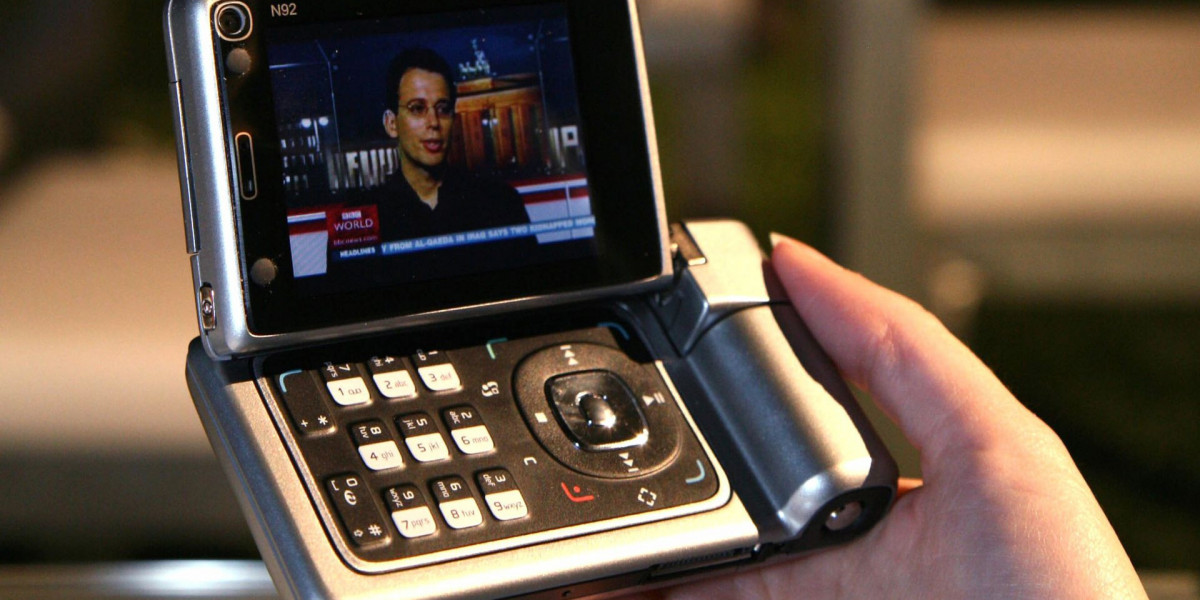What Are Anti-Stress Wearables?
Anti-stress wearables are devices designed to help individuals monitor, manage, and reduce their stress levels. These devices, often worn on the wrist or as patches, leverage advanced technology to track physiological indicators of stress, such as heart rate variability (HRV), skin conductance, and breathing patterns. By providing real-time feedback and stress-relief interventions, these wearables empower users to take proactive steps towards better mental health.
How Do Anti-Stress Wearables Work?
Anti-stress wearables use a combination of sensors and algorithms to detect signs of stress in the body. Here’s how they typically function:
- Monitoring Physiological Signals: Sensors in the wearables measure various physiological parameters. For example, HRV is a key indicator of stress, with lower variability often associated with higher stress levels.
- Data Analysis: The collected data is analyzed using sophisticated algorithms that interpret the physiological signals. The wearable then determines whether the user is experiencing stress.
- Real-Time Feedback: When stress is detected, the device provides real-time feedback. This can include alerts, vibrations, or visual indicators prompting the user to take action.
- Guided Interventions: Many anti-stress wearables offer guided interventions such as breathing exercises, mindfulness techniques, or relaxation prompts to help users reduce stress in the moment.
Benefits of Anti-Stress Wearables
1. Proactive Stress Management
By providing real-time feedback, anti-stress wearables enable users to manage stress proactively. Instead of reacting to stress after it has built up, users can address it as soon as it is detected, preventing it from escalating.
2. Improved Mental Health
Regular use of anti-stress wearables can contribute to better mental health by helping users develop healthier coping mechanisms and reducing the overall impact of stress on their lives.
3. Enhanced Self-Awareness
These devices promote greater self-awareness by helping users understand their stress triggers and responses. This awareness can lead to more effective stress management strategies and lifestyle changes.
4. Convenience and Accessibility
Anti-stress wearables are designed to be convenient and easy to use. They integrate seamlessly into daily life, making stress management accessible to everyone, regardless of their schedule or environment.
Conclusion
Go Roga Anti-stress wearables represent a significant advancement in personal health technology, offering a proactive and convenient approach to stress management. By continuously monitoring physiological signals and providing real-time feedback and interventions, these devices empower individuals to take control of their mental well-being. Whether you’re dealing with daily stressors or chronic stress, incorporating an anti-stress wearable into your routine can be a game-changer for your mental health.







